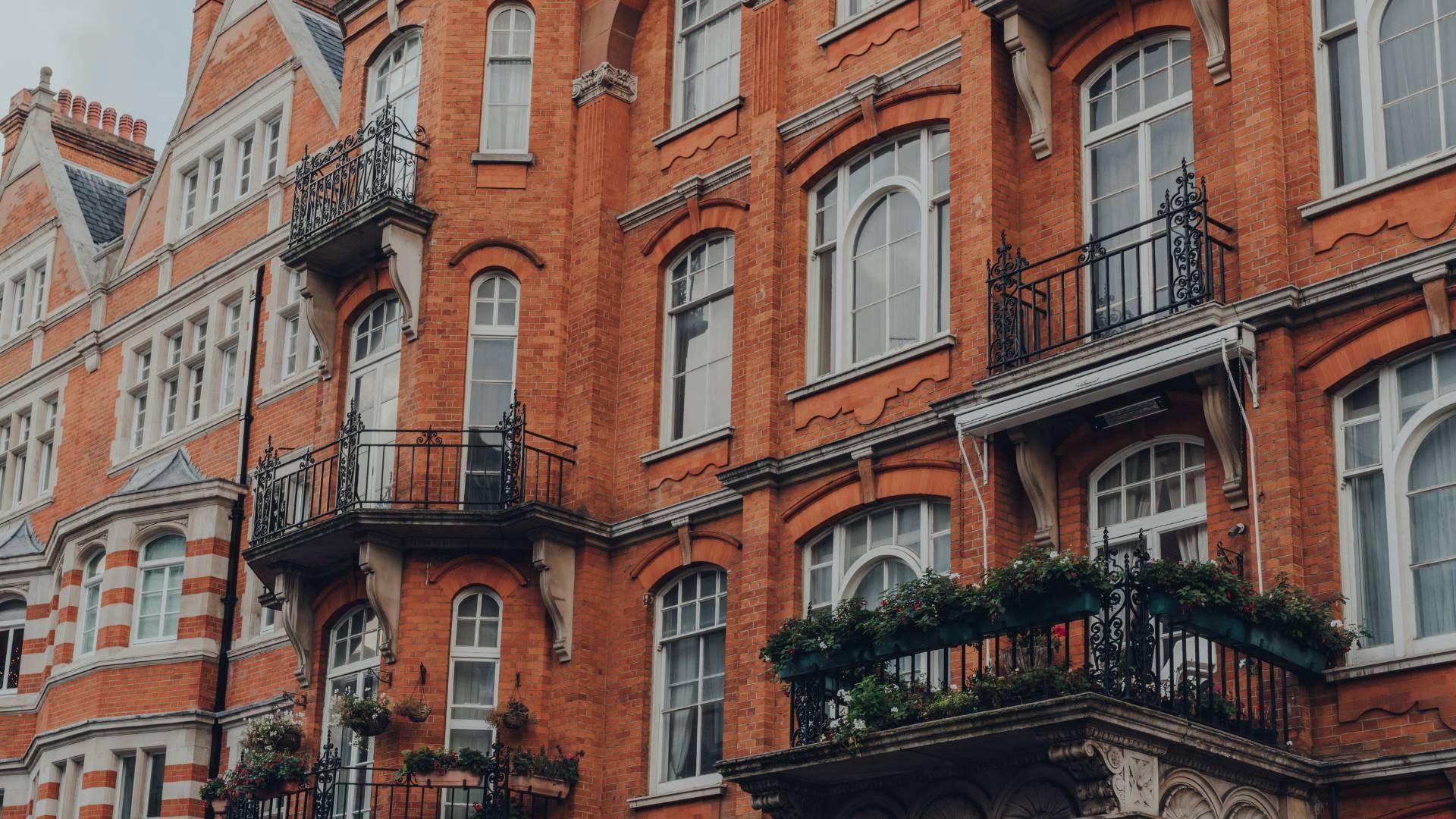Chain-free: two little words that can fill the hearts of home movers with happiness but do you know why? We’re often asked about the benefits of no one above or below you in the transaction, so we’ve put together a helpful Q&A guide to being chain-free.
Q. What does it mean to be chain-free?
A. If you’re a chain-free buyer, you won’t have a property to sell and there will be no transactions behind you. Typically first-timer buyers and purchasers moving from rented accommodation are chain-free.
Chain-free sellers don’t need to buy an onward purchase in order to sell their current one. For example, a chain-free sale could be an empty probate property or a transaction where the seller is moving into rented/sheltered accommodation.
Q. Why do buyers and sellers like chain-free transactions?
A. A chain is the line of buyers and sellers who all depend on each other’s success to move home. Some chains can be long and complex – if one person pulls out, the entire chain may collapse and everyone needs to start again in terms of finding a buyer and/or property to purchase. The fewer people involved in a chain, the simpler and more reliable the transactions tend to be.
Q. Is a chain-free home more valuable?
A. Sellers able to offer a chain-free property may find people are willing to pay more for the benefit of a shorter chain and for a quicker transaction, especially as they won’t have to wait for the seller to find an onward purchase. If you want to put a figure on the value of being chain free, HBB Solutions found that chain-free properties can attract an average price premium of £23,131 above a property that is involved in a chain.
Q. Do people specifically look for chain-free homes?
A. Those looking for less stress and to move quickly often prefer chain-free homes. In 2021, Rightmove discovered a 72% increase in property searches that contained the phrase ‘no chain’, so being chain-free will definitely appeal to a buying audience.
Q. Will I complete quicker if the property is chain-free?
A. With fewer people involved in a chain, it is highly likely that the conveyancing stage will move more quickly. Properties involved in a chain generally take around 10 weeks to go through the conveyancing stages but research suggests this could be cut to around 4 weeks if a property is chain-free.
Q. Will I be more successful as a chain-free buyer?
A. Sellers are looking to reduce the risk of a complicated chain as much as purchasers, so they generally look favourably on chain-free buyers who have no one else below them. This is especially true in a competitive market when vendors may have to choose between multiple buyers – they’ll often opt for those who present the shortest chain.
Q. How can I become a chain-free seller?
A. There are a few options open to sellers wishing to advertise their home as chain-free. The most common one is to sell with the intention of moving into rented accommodation. This has the added bonus of making the seller chain-free when they come to buy in the future. Sellers can also choose to buy a newly built home that’s come to market for the first time, or only consider onward properties that are also chain-free, therefore becoming the end of the chain.
If you would like advice on buying and selling, with a view to becoming a chain-free home mover, contact our team today.
Share this article
More Articles
Sign up for our newsletter
Subscribe to receive the latest property market information to your inbox, full of market knowledge and tips for your home.
You may unsubscribe at any time. See our Privacy Policy.




